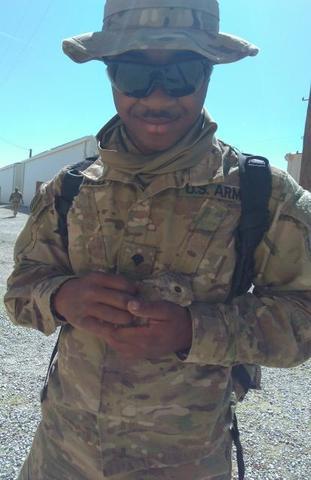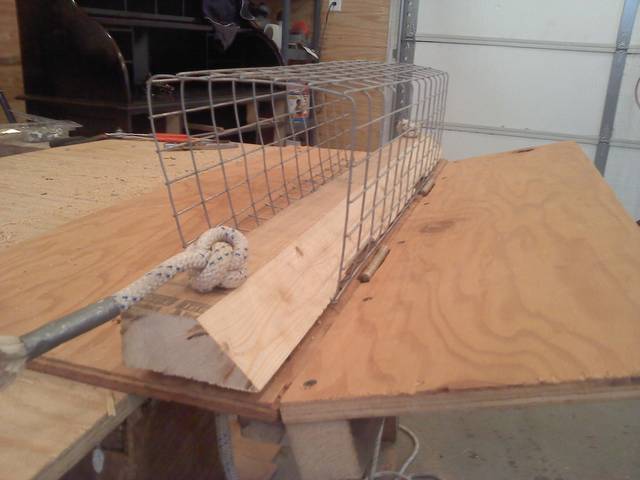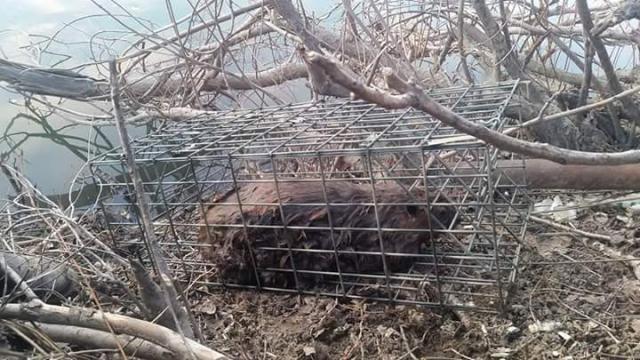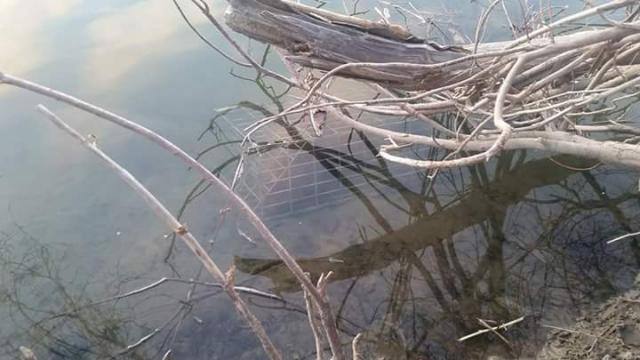I would think it to be difficult for a 20lb coon to turn around or be able to grab the trigger in that small trap, if it was pulled up or not.( let alone fight the trap) I have found that "smaller openings" catch smaller animals. Most of the time. Exceptions are forced sets.
Considering Iíve taken coon close to 30 pounds in 220s, which have a 7x7 inch opening, an 8x10 would be acceptable.
Thanks for the response.
To refresh my memory I pulled out an 8x10 by the house with a trigger on top that can be fired by 1 or more wires moving front or back, right or left. I am sure most of the coon in north America could be caught in the 8x10 size. It is the ones you miss or get away as well as the set limitations that matter also. I would think in a northern state in the cold months, coon would go almost anywhere to get something to eat more so than the warmer climates.
A 25lb beaver can go through a 6x6 opening but what about the few 60 ponders that go around. I have a place I caught 14 beaver by the road, a couple of months ago. The county trying to prevent beaver from plugging the culverts placed 6x6 panels in front the width from one side to the other. It did not stop the beaver. It looked like the large beaver were handing the sticks through to the small beaver and the small beaver were plugging the culvert. Much of the sticks looked like they were even pushed over the top of the 6x6 fence so the ones that went around had something to work with.
__________________________________________________________________
Getting back to trap size.
Some 12 x12 x 32 traps can be used the catch beaver and otter on land or water, even under water. The same trap can be used for muskrat, coon, skunk, armadillo, nutria, and a host of other animals. When you go to a trap with a smaller opening no matter what length the limitation starts as to the size of the animal trapped. An example would be trying to catch a bobcat in a 10 or 12" tall trap. It may work some of the time but not most.
When you go to a 16" or taller trap 12" wide or wider the types of sets and animals targeted are increased dramatically. Also the larger trap increases the chance of multiples not just young ones but mature ones. The wider the trap the larger the trigger coverage area needs to be. It doesn,t matter whether a pan trigger or a trigger on top or one swinging on the side. How that trigger works in relationship to the design and set determines how productive the trapper is.










